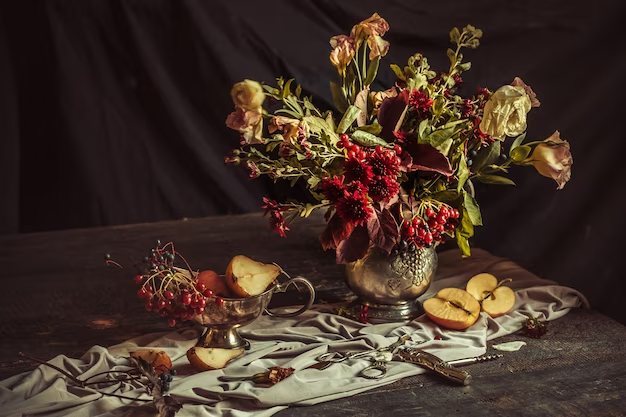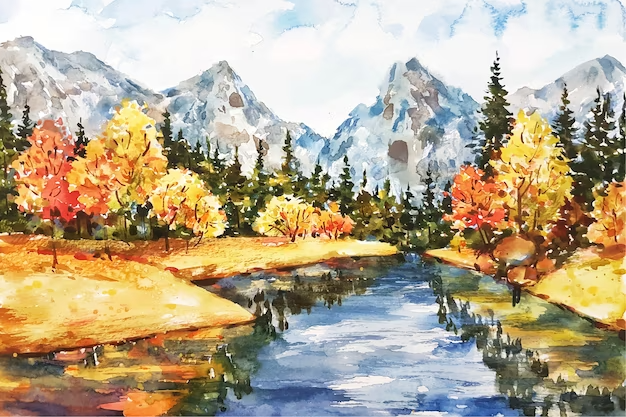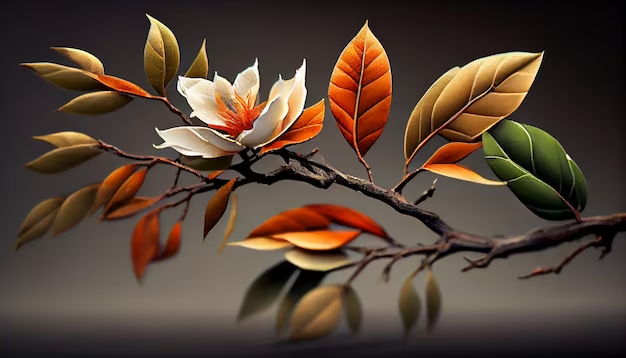PREVIOUS POST
Mastering the Art of Composition in Fine Art Photography

Composition is among the most important elements of fine art photography. Even with an interesting subject, a photograph would come across as flat with substandard composition. But there are methods of visual storytelling and composition techniques that you can apply for perfectly composed images. Here are the aspects which will help you master the art of composition in fine art photography.
Depth of image
For a two-dimensional medium, depth plays a surprisingly vital role in making fine art photography interesting. The most visually striking photographs usually have elements in the foreground as well as in the distant background. However, not all photographers understand its importance, much to their own detriment.
To understand the concept of depth easily, envision a photograph as having three distance sections- the foreground, the middleground and background. Ideally, there should be elements in all these three. This will make the photograph more visually engaging. And if your subject is standing against a plain backdrop like a wall, you can lightly blur the background to give the image an illusion of depth.
The idea of depth is important for just about any type of photography- include architectural, landscape and street photography.
Leading lines
As the name implies, leading lines are lines which lead the viewer’s eyes to an intended subject. These can be part of a built environment, like a road or a narrow patch of sky that appears between two rows of buildings, or found of a natural landscape- like a flowing river. They can be straight or wavy or diagonal and come in different widths. Leading lines are particularly useful in wide landscape photography, and are an interesting tool for visual storytelling.
Nested frames
One of the most interesting composition techniques is the nested frames or frame-within-a frame approach.
Even if you are not familiar with the term, chances are you must have seen examples of such images before. People framed within multiple doors is a common example.
But you don’t always need doors or similar architectural aspects to use this technique. Instead, deliberately include an artificial element into an environment to create this effect. For instance, hang a geometric frame on the wall and have the subject stand in front of it. This would automatically invite the viewer’s eyes to the centre of that frame or the person in front of it. Such qualities make this one of the most used composition techniques.
Fill your frame
A simple compositional strategy to adopt to make photographs interesting involves filling the frame with details and colours.
To do this, use a macro lens that would give a blown up effect to the subject. Or you can simply move in close to the subject before taking the picture. Usually, a well-filled frame would brim with a sort of visual energy which makes it hard to look away from.
But you should be mindful not to have too many elements cramming the picture- that could make it hard for the viewer to decide where to focus their eyes on, which in turn would adversely affect the quality of their engagement with the picture.
Also, it’s best not to use too many elements with different colours in the same frame. The effect could be disorienting. But used the right way, the technique enriches your visual storytelling.
The rule of thirds
The rule of thirds for image creation was first postulated in 1797 by the English painter, John Thomas Smith. However, it is now a part of basic composition techniques used by photographers.
The idea involves placing a subject a little off-centre rather than at the exact middle of a frame, for a more interesting image. The area in the frame where the subject is to be placed is called ‘thirds line.
Many cameras come with options that make it easy for photographers to apply the rule of thirds to their own images. Try the option in your camera and see how the results work out for you.
Balancing the frame
One of the fundamental aspects of good composition is finding the right balance for an image. Balancing in its simplest form involves similar kinds of elements occupying both halves of a frame- an example is a tree and its reflection in a pool of water. But not all balanced images are symmetrical in that manner. In fact, most of them are not.
So, how do you get images that are ‘asymmetrical’ but which are balanced nonetheless? The answer lies in using elements with the right ‘visual weight’ in the image.
Typically, the bigger an object, the more visual weight it carries. Also, if something appears towards the photo’s edge, it tends to have more visual weight. The same is true with heavily lit objects. Use elements with roughly similar visual weight in both halves of a frame and even if the objects in one half are asymmetrical in shape and size with relation to the other half, the resultant image would be balanced.
Now that you understand how to get perfectly composed images, start clicking away, and let the world behold your masterworks!
Leave a Reply
Your email address will not be published. Required fields are marked *


